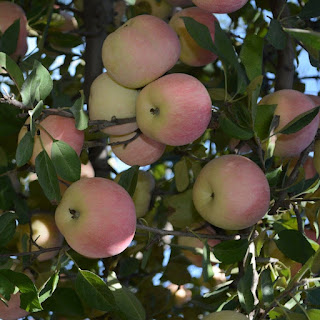Rose
"Tea rose a Specie of Roses"
"When you read this name you are probably wondering if it is used for tea or does it look like a rose? It is called tea rose because its flowers give off a scent similar to the scent of a freshly opened tea bag. Imagine when the hills are full of blooming Rosa hybrida, the fresh scent of tea must be pleasant and intoxicating".
Common name:
- Rose
- Gulab
- Miniature rose
Botanical Name:
- Rosa hybrida
- Rosa indica
Lifespan: Perennial
Bloom Time: Spring
Plant Height: 1 to 3 feet
Spread: 2 to 3 feet
Flower Size: 3 to 5 inches
Habitat: Rose plantation
Flower Color: White, Yellow, Red, Purple, Pink
Leaf Color: Green
Fruit Color: Red
Stem : Green prickly
Family: Rosaceae - Rose
Order: Rosales - Roses, elms, figs, and allies
Class: Magnoliopsida - Dicotyledons, Dicots, Eudicots
Phylum: Tracheophyta - Vascular plants, Seed plants, Ferns, Tracheophytes
Fertilization:
Fertilize once every 2-3 months during the growing season.
Sunlight:
Full sun or partial sun
Water requirements:
Water your tea rose bushes deeply when the top three inches of soil around them is drying out. Avoid splashing water on the leaves and water early enough to allow wet leaves to dry in the sun.
Information:
The first tea rose was created in 1867 by Jean-Baptiste Andred Guillot, who ran his father's nursery in Lyon from the age of 14. The tea rose only became popular when the Soleil d'Or was bred in France in the early 20th century.
Interesting Facts:
The world's first modern rose, La France, was bred in 1867, so the history of modern rose breeding spans more than 100 years. When cross-pollinating wild species such as the fragrant rose and the multiflora rose, it is inevitable that some of the offspring will not have all the traits of their first parent species.
Attract Birds:
The tea rose is high in nectar and its flowers can come in a variety of colors to attract all manner of pollinators, including hummingbirds. Hummingbirds are most likely attracted to the pink and red varieties of the tea rose, but also visit other varieties to drink the rich nectar.
Difficulty Rating:
Tea rose is super easy to care for and resistant to almost all pests and diseases. It's a perfect option for brown-fingered gardeners.
Tips from Garden Coaches:
Roses are world famous ornamental flowers with bright colors and fragrant scents. They are very often used for garden decorations as parterre or flower beds, or simply cut and placed in a vase for appreciation
Uses:
Garden uses:
- Tea rose is a classic choice for small, formal gardens.
- They come in so many colors that gardeners can mix and match different variants for an eye-catching effect.
- They are also a common addition to garden trimmings and are loved for their perfect flowers.
- Alyssum makes a great companion plant as it can serve to cover the bare shoots of larger rose bush.
Medicinal uses:
- Rose water (Ark.e.gulab) is obtained from rose patals which is used for eye disease cure.
- Gulkand is obtained from rose patals which have purgative properties.
- Different scents are obtained from rose due to their amazing fragrance.




Comments
Post a Comment